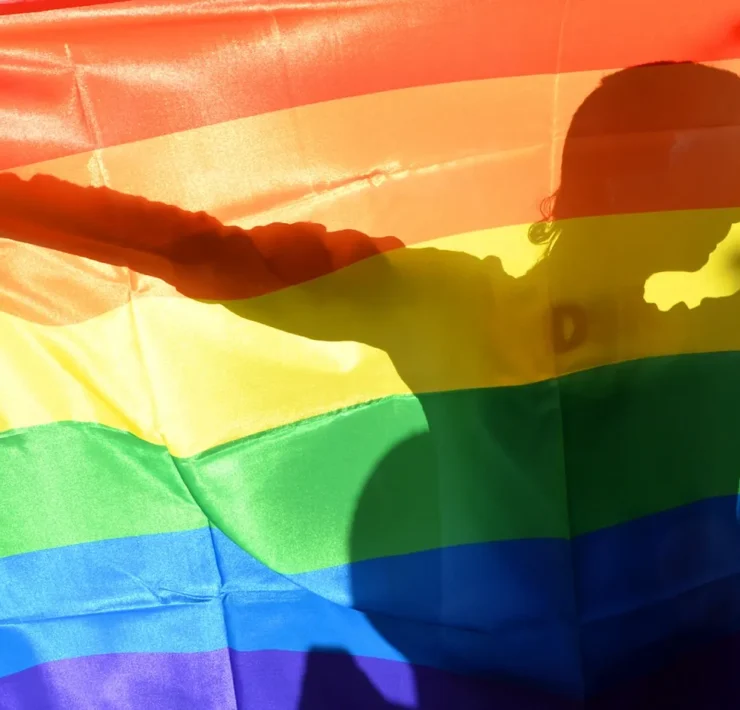Queer Youth Have More Sleep Problems than Straight Youth

According to a new sleep study, queer youth experience many more sleep disturbances than their straight counterparts. This is likely due to stress caused by a lack of family support, bullying, and discrimination.
The study, “Sexual Orientation Disparities in Early Adolescent Sleep: Findings from the Adolescent Brain Cognitive Development Study,” was published in LGBT Health. It notes that 35.1 percent of LGBTQ youth aged 10-14 said they had difficulty falling or staying asleep in the previous two weeks. Straight people in that age group was at 13.5% and the figure for questioning youth was 30.8%.
Lead author Jason M. Nagata, a professor of pediatrics at the University of California, San Francisco told CBS News that this appears to be one of the first sleep studies conducted for queer youth. “This is such a volatile period, both physically and mentally,” he says. “Teens are particularly vulnerable to the opinions of their peers, so it’s a high-risk group for mental health problems and suicide.”
The researchers who conducted the study analyzed data between 2018-2020 from the Adolescent Brain Cognitive Development Study. Nagata also continues by saying, “The time that young people spend on their computers and cell phones can cause overstimulation, and that further contributes to sleep disturbances.” He was involved in a different study that found queer youth use electronic devices on average, about four hours more a day than straight youth. Nagata recommended limiting screen time, creating comfortable sleeping environments, and sticking to a consistent sleep schedule. Support from parents and other families members is crucial, another researcher said.
Sleep problems among queer youth have many different underlying factors, which is why more research is needed according to Nagata.“LGBT kids experience more substance use than their peers, for example, which can alter sleep cycles and impair sleep,” he shares.
Understanding the causes of these sleep problems in queer youth and being present to support is crucial for positive health outcomes.










